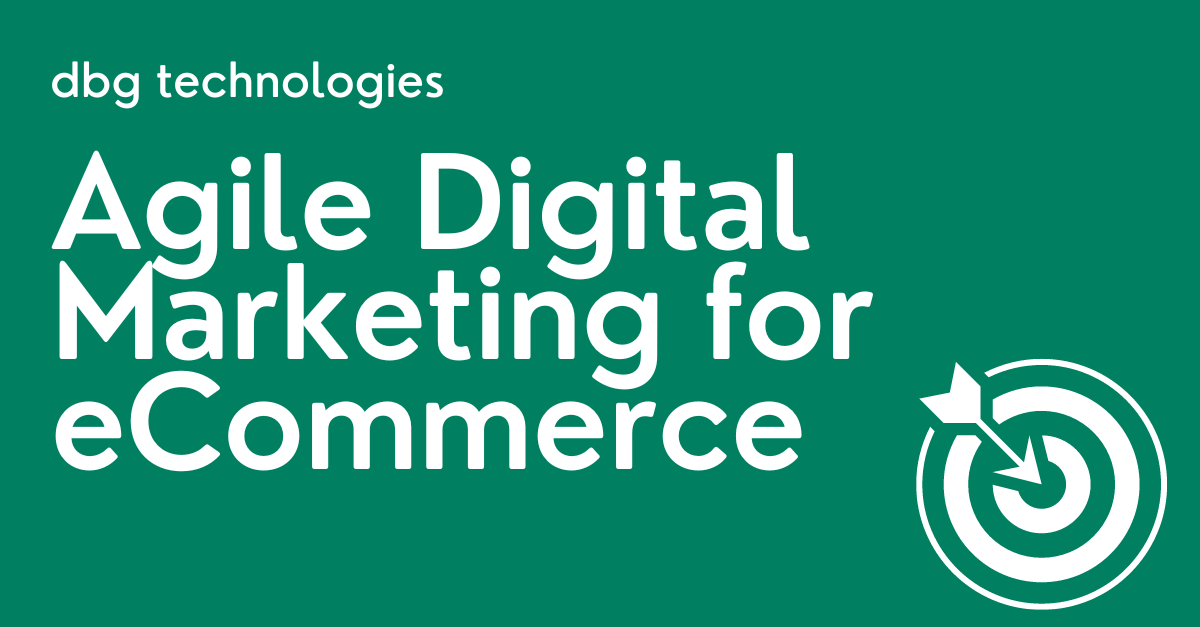 Developing a comprehensive digital marketing strategy requires a holistic approach that encompasses lead generation, content marketing, and customer retention tactics.
Developing a comprehensive digital marketing strategy requires a holistic approach that encompasses lead generation, content marketing, and customer retention tactics.
Define Your Goals:
Start by establishing clear and measurable goals for your digital marketing efforts. Examples could include generating a specific number of qualified leads per month, increasing website traffic, or improving customer retention rates.
Identify Your Target Audience:
Conduct market research to understand your target audience’s demographics, preferences, pain points, and online behaviour. This information will guide your messaging and content creation.
Lead Generation Tactics:
a. Search Engine Optimisation (SEO): Optimise your website and content with relevant keywords, meta tags, and high-quality backlinks to improve search engine rankings and attract organic traffic.
b. Pay-Per-Click (PPC) Advertising: Use platforms like Google Ads or social media advertising to reach a wider audience and drive targeted traffic to your website.
c. Content Offers and Lead Magnets: Create valuable content such as eBooks, whitepapers, or webinars that require visitors to provide their contact information to access. These resources serve as lead magnets to capture leads.
d. Email Marketing: Nurture leads through personalised email campaigns, delivering relevant content, promotions, and offers to build engagement and drive conversions.
Content Marketing:
a. Blogging: Maintain an active blog on your website, publishing informative and industry-specific articles that address your target audience’s pain points, provide solutions, and showcase your expertise.
b. Video Content: Leverage the power of video to engage your audience. Create educational videos, product demos, or thought leadership interviews to share on your website and social media platforms.
c. Social Media Marketing: Establish a strong presence on relevant social media platforms. Share valuable content, engage with your audience, and participate in industry discussions to build brand awareness and generate leads.
d. Guest Blogging and Influencer Collaborations: Contribute guest posts to industry publications or collaborate with influencers to reach new audiences and build credibility.
e. Make sure to use Meta data descriptions, read here for more…
Customer Retention Tactics:
a. Email Marketing Automation: Implement automated email workflows to nurture existing customers, deliver personalised content, and offer exclusive promotions or loyalty rewards.
b. Customer Surveys and Feedback: Regularly collect customer feedback through surveys or social media polls to understand their needs, identify areas for improvement, and strengthen relationships.
c. Loyalty Programs: Implement a customer loyalty program to incentivize repeat purchases and reward customers for their continued support.
d. Remarketing Campaigns: Utilise remarketing techniques to target and engage previous customers with tailored ads or offers, encouraging them to return to your website.
Measure and Optimise:
Regularly monitor and analyse key performance indicators (KPIs) such as website traffic, conversion rates, lead generation, customer retention, and engagement metrics. Use these insights to optimise your strategy, identifying areas of improvement and adjusting your tactics accordingly. Data Analytics are a vital component to knowing what marketing strategies are working, and when and why.
Remember, digital marketing is an ongoing process that requires continuous monitoring, adaptation, and experimentation. Stay agile and adapt your strategy based on the evolving needs and preferences of your target audience.
